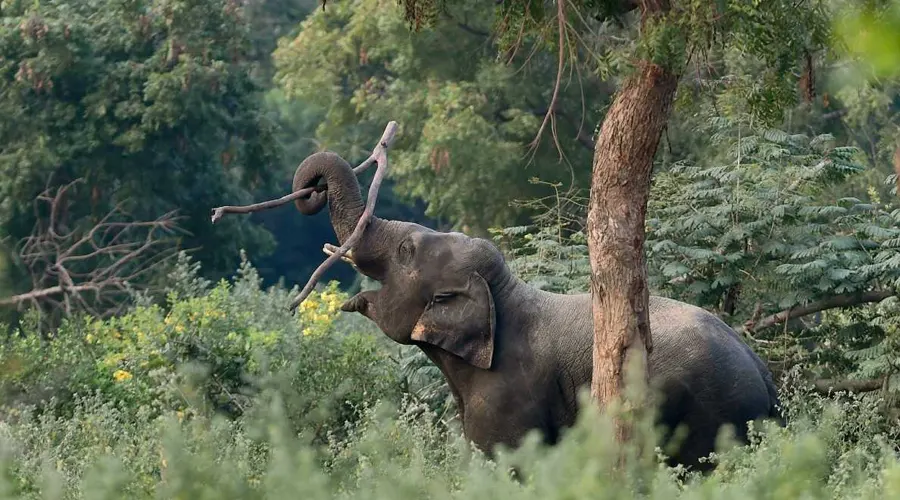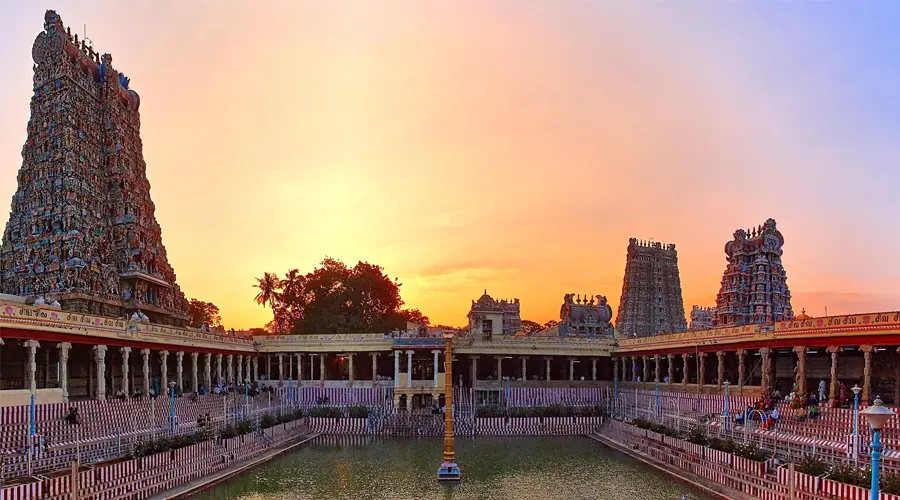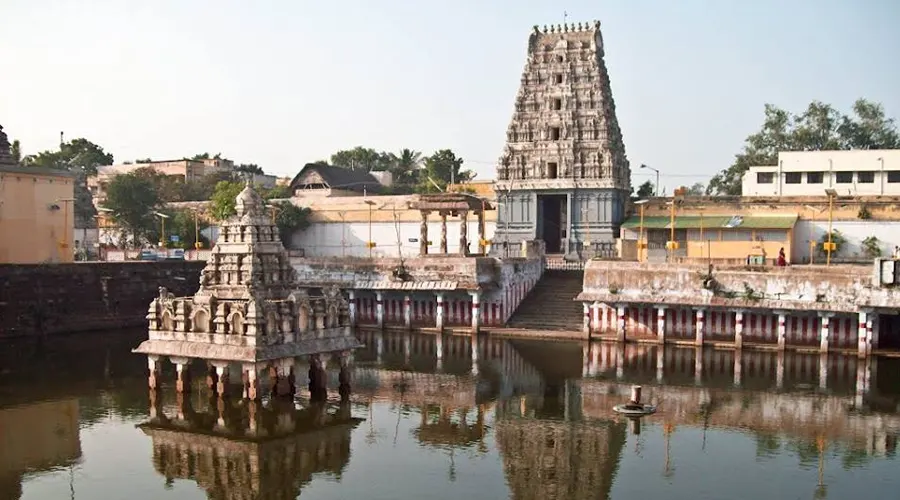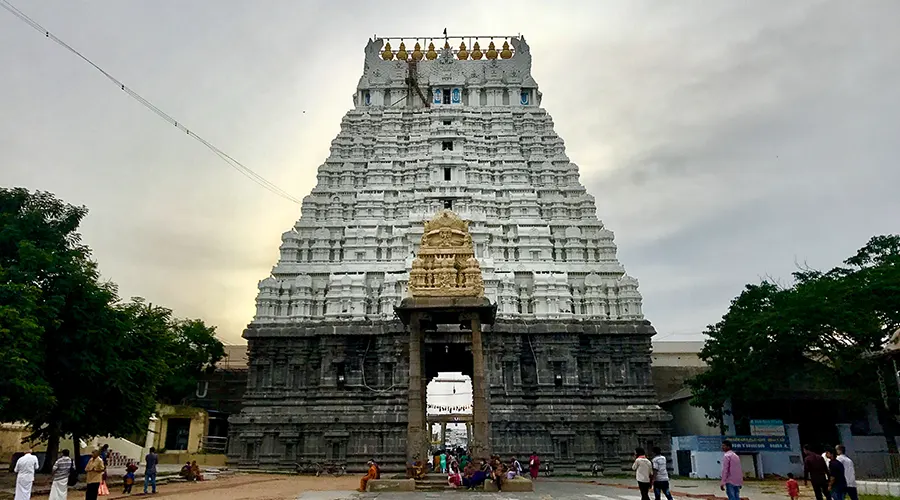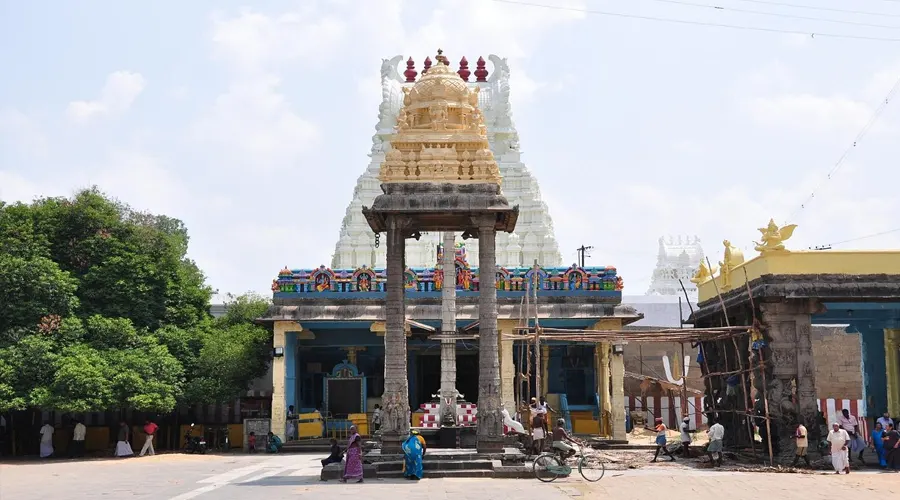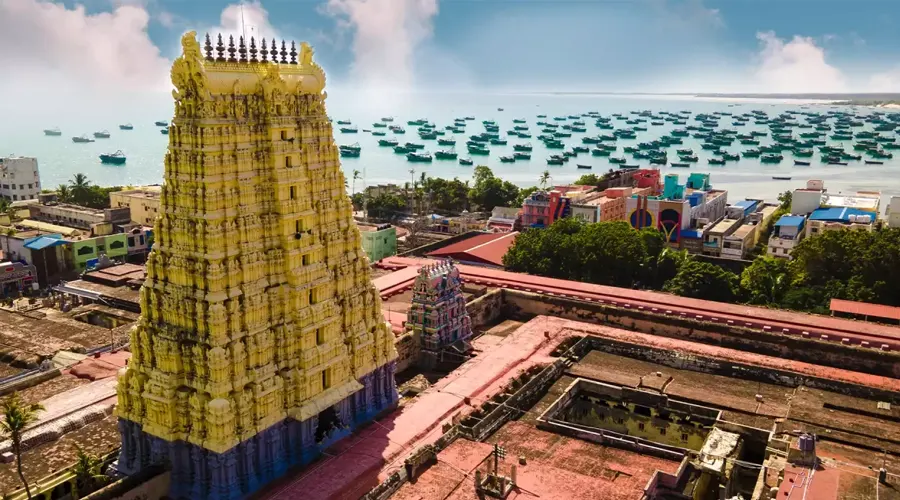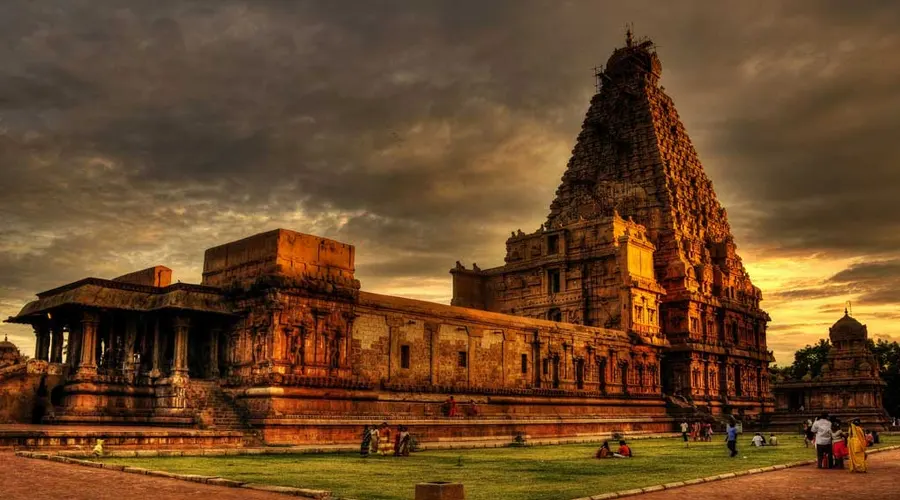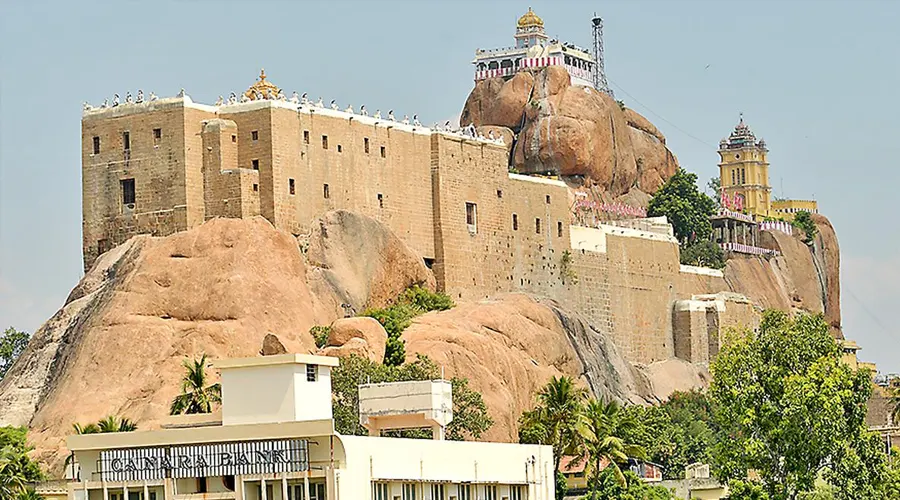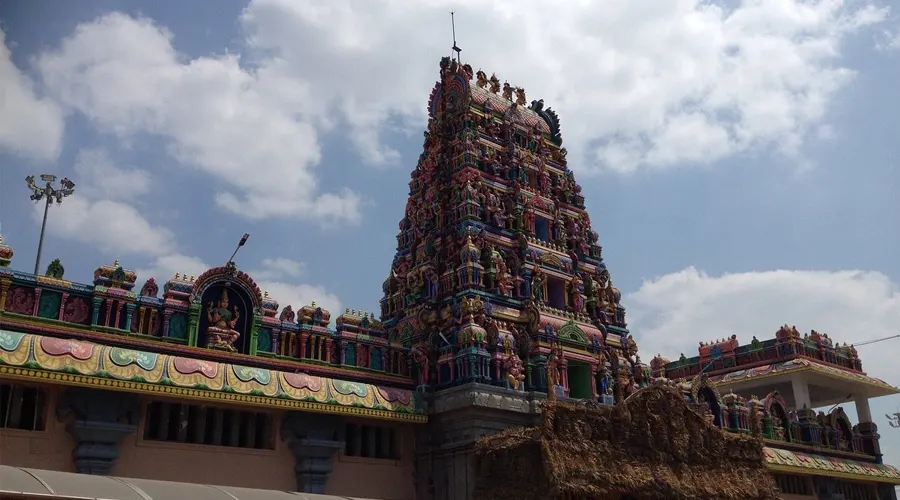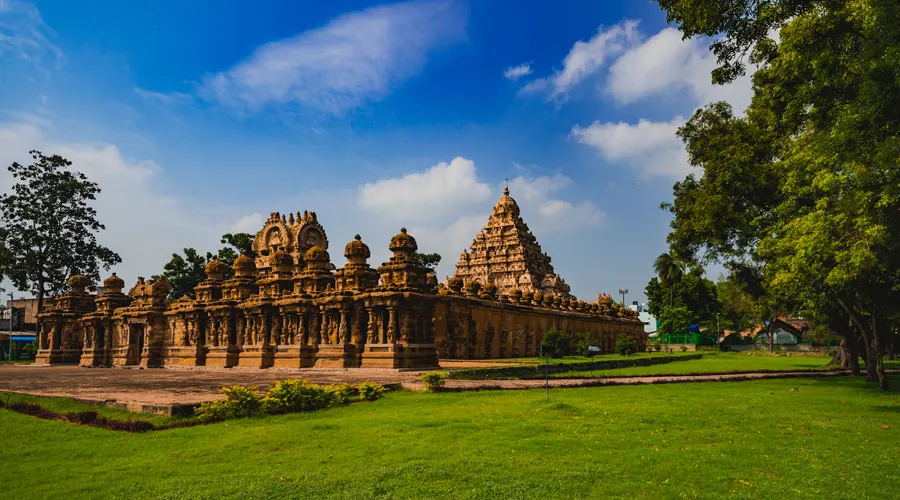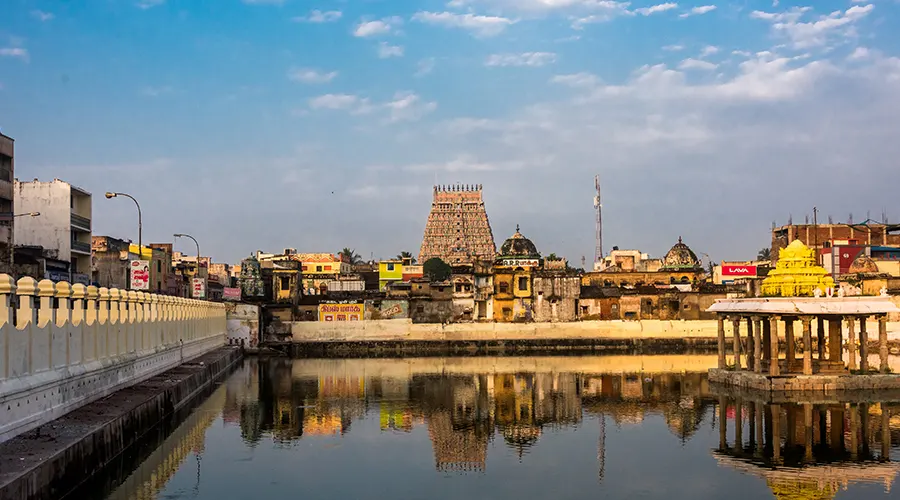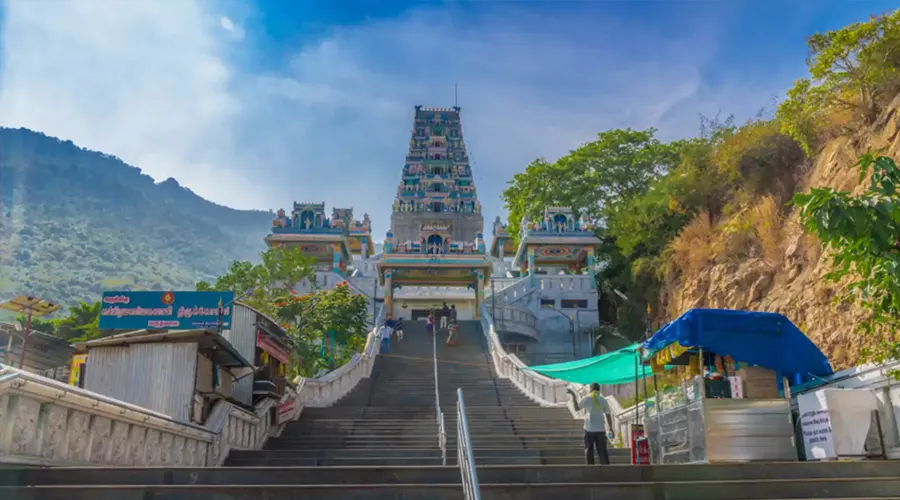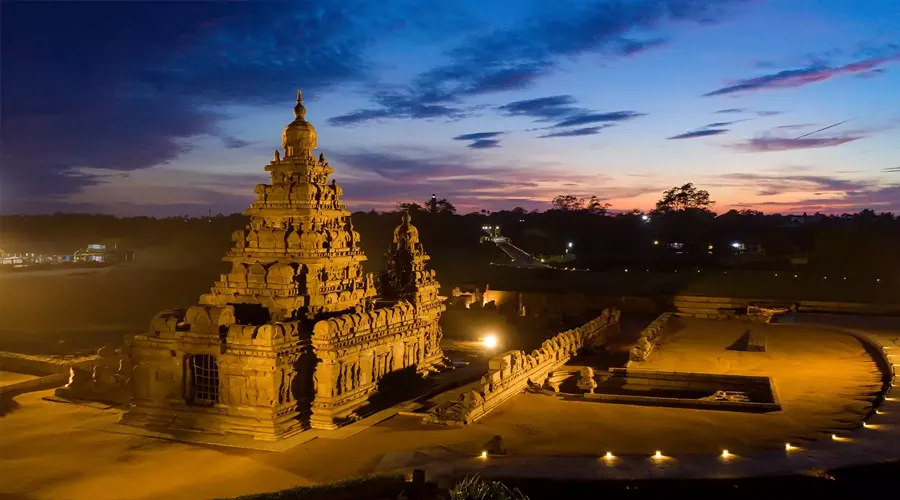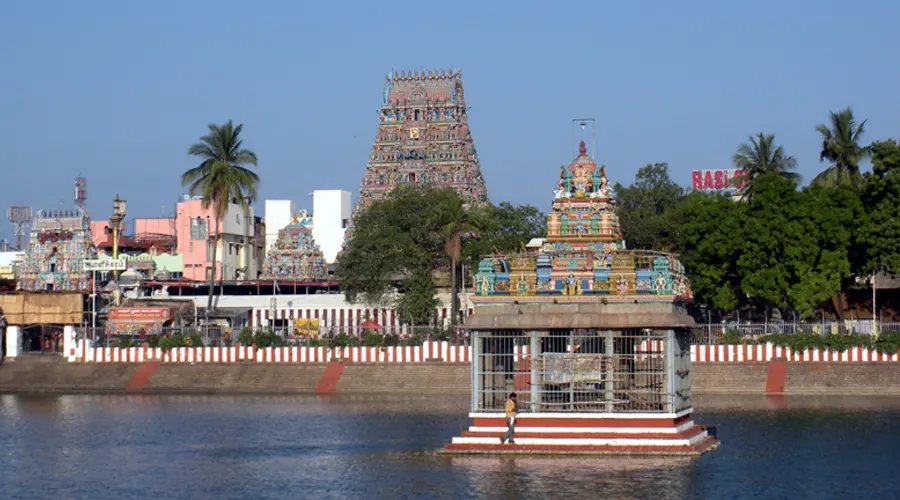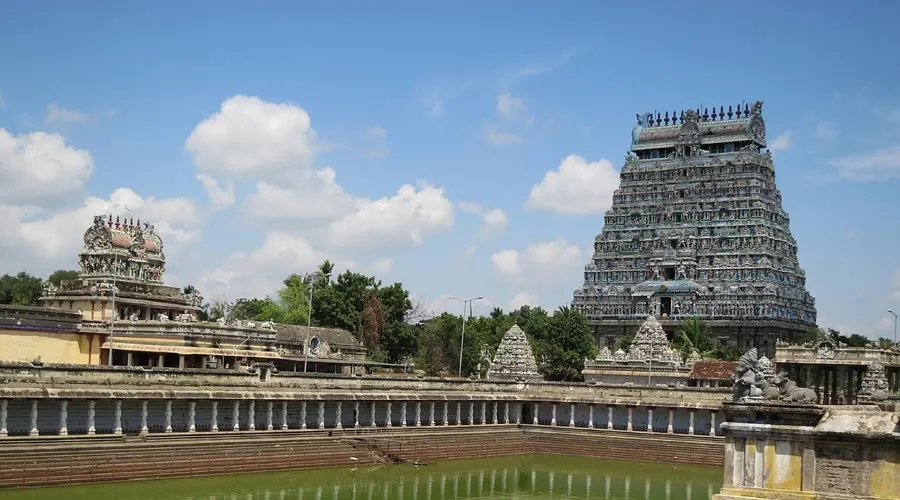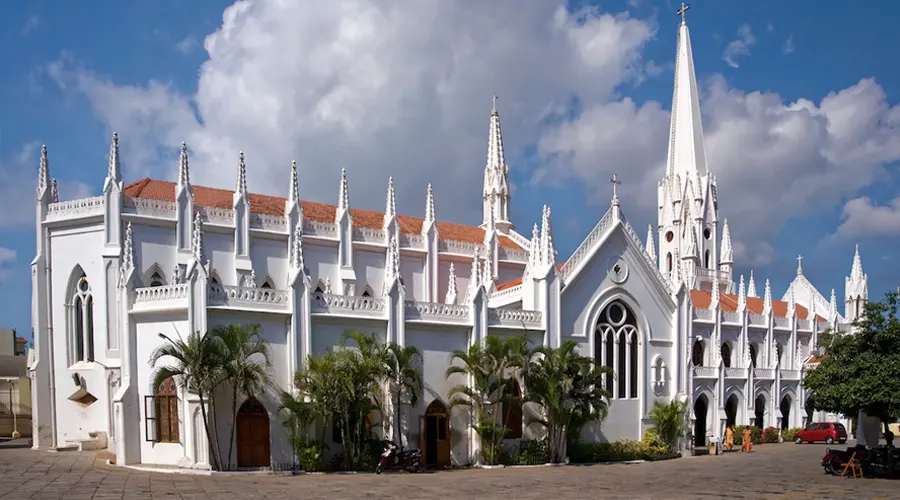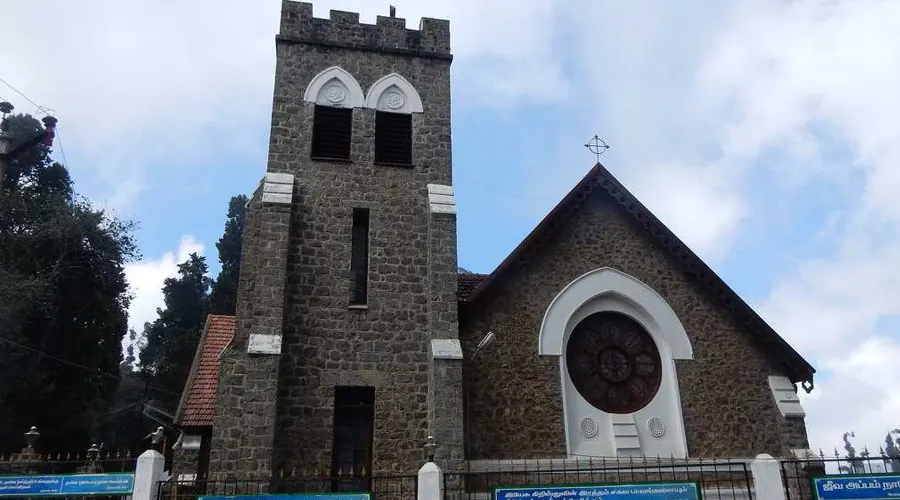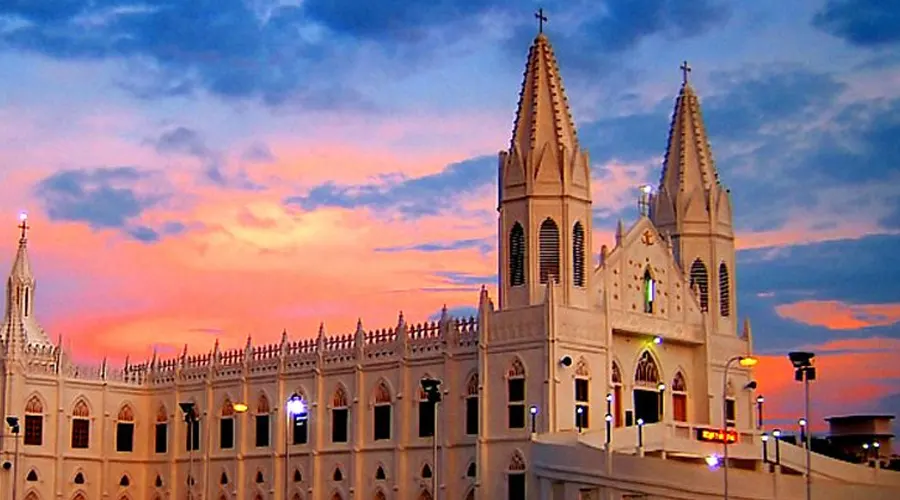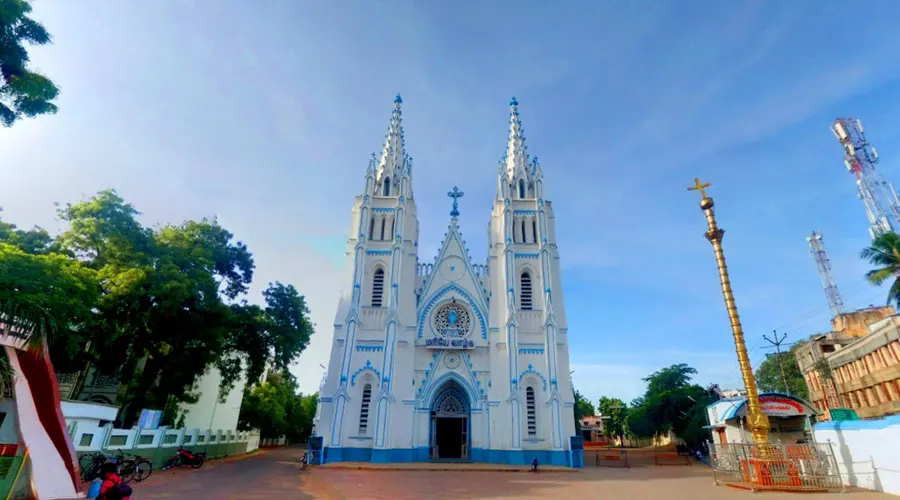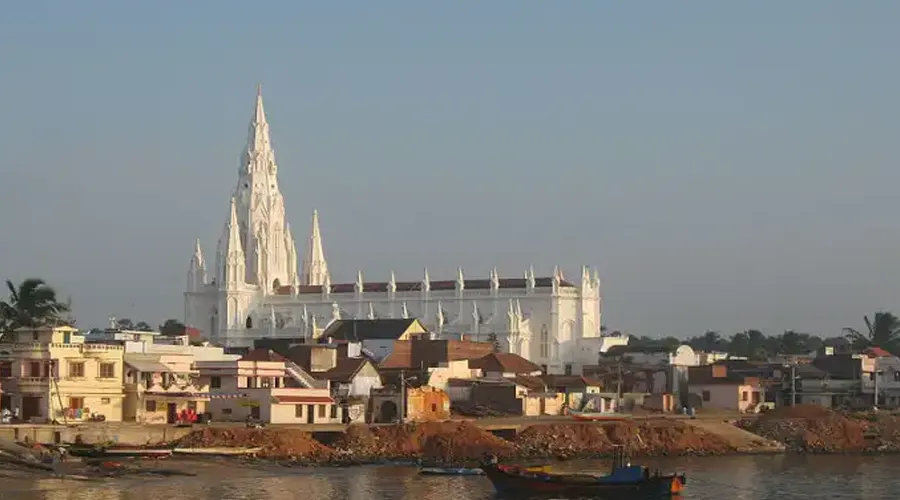Agasthyamalai Biosphere Reserve
India's Agasthyamalai Biosphere Reserve is a unique site that is located in the Western Ghats in the Southern part of India. The Biosphere Reserve has exorbitant peaks that reach up to 1,868 meters above sea level and consists mostly of tropical forests that are home to about 2,254 species of plants (out of which 400 are endemic). The Biosphere Reserve acts as a unique genetic reservoir for cultivated plants, like- Cardamom, Jamuna, Nutmeg, Pepper, and Plantain.
The Agasthyamalai Biosphere also holds some major wildlife sanctuaries, namely- Shendurney Wildlife Sanctuary, Peppara Wildlife Sanctuary, Neyyar Wildlife Sanctuary, and Kalakkad Mundanthurai Tiger Reserve. The Biosphere reserve is also inhabited by many tribal settlements, amounting to a total population of 3,000. These communities rely majorly on biological resources for their survival.
The Agasthyamalai Biosphere Reserve stands on the border of the districts of Kollam and Thiruvananthapuram (in the state of Kerala) and the districts of Tirunelveli and Kanyakumari (in the state of Tamil Nadu). Along with the three wildlife sanctuaries of Shendurney, Neyyar and Peppara; it also includes the adjoining areas of Achencoil, Thenmala, Konni, Punalur, Thiruvananthapuram Divisions and Agasthyavanam Special Division in Kerala and Kalakkad Mundanthurai Tiger Reserve in Tamil Nadu. Hence, the Agasthyamalai Biosphere Reserve covers areas of Tirunelveli and Kanyakumari Districts in Tamil Nadu and Thiruvananthapuram, Kollam and Pathanamthitta Districts in Kerala. The Biosphere Reserve was set up in 2001 and covers an area of 3,500 sq. km.
Apart from inhibiting 2,000 varieties of medicinal plants and about 50 rare and endangered species, Agasthyamalai Biosphere Reserve includes the Indian Eco regions of South Western Ghats moist deciduous forests, South Western Ghats montane rain forests and Shola. It is home to about 400 Red Listed Plants and over 125 species of orchids and rare, endemic and threatened plant species. Almost one-fourth of India's total plant species are found here. Arogyapacha, one such famous and rare medicinal plant is found here.
This Biosphere Reserve hosts about 79 species of mammals (out of which 20 species are endemic), 88 species of reptiles (out of which 45 species are endemic), 45 species of amphibians (out of which 30 species are endemic), 46 species of fishes (out of which 10 species are endemic) and 337 species of birds (out of which 20 species are endemic). Some of the rare animals found here are Tiger, Ancient Elephant and Nilgiri Tahr.
Socio-economic Characteristics of Agasthyamalai Biosphere Reserve
Agasthyamalai Biosphere Reserve is also home to the Kani tribes from Kerala and Tamil Nadu. With over 30,000 inhabitants here, the Kani tribe is one of the oldest surviving ancient tribes in the world. It is also known as Kanikaran. This tribal settlement relies on the biological resources for their survival here.
The area's indigenous tribe, Kanikaran, relies on the forests and its 14 rivers for their sustenance. They indulge in activities like fishing, agriculture and hunting. They are widely popular for their immense knowledge about medicinal plants and usually reside in huts of bamboo here. Many of these people work as guides to acquaint the visitors about the biosphere reserve. Nowadays, many programs are started to curb the exploitation of biological resources by these settlements by UNESCO.
Management of Agasthyamalai Biosphere Reserve
The scientific management of Agasthyamalai Biosphere Reserve is done by the guidelines of the Indian Ministry of Environment and Forests by the coordination of a local committee and a state level Biosphere management committee. This Biosphere Reserve plays a crucial role in the diversity of our country and hence should be protected and properly managed.
Significance of Agasthyamalai Biosphere Reserve
In 2016, Agasthyamalai Biosphere Reserve was included in the World Network of Biosphere Reserves by UNESCO, being an ideal example of India's success in maintaining and preserving a forest biosphere. In 2001, the biological richness of the area compelled the-then Union Minister of Environment and Forest T R Balu to announce the transformation of the area in a Biosphere Reserve.
The site exhibits gushing waterfalls, lush forests, a pristine stream of cleat water and tranquillity all around. Humans are allowed only in the buffer zone of the biosphere reserve. To keep the site peaceful and hassle-free, just 100 visitors a day are allowed. It is an incredibly famous tourist spot, primarily because of the two-day trek to the peak in Neyyar Sanctuary. This trek only operates in January and February, as allowed by the forest department.
This biosphere reserve indeed highlights the harmonious bond between human and nature. After being listed under the UNESCO World Biosphere Reserve Network, the site has seen immense popularity among the masses.

